“What exactly is bottled in bond, or bonded, whiskey?” is a question that we have been asked a number of times. With our friends at Laws Whiskey making history with the first ever Bonded Wheat Whiskey, their Centennial Straight Wheat Whiskey, we thought we would put down what exactly Bottled In Bond means.
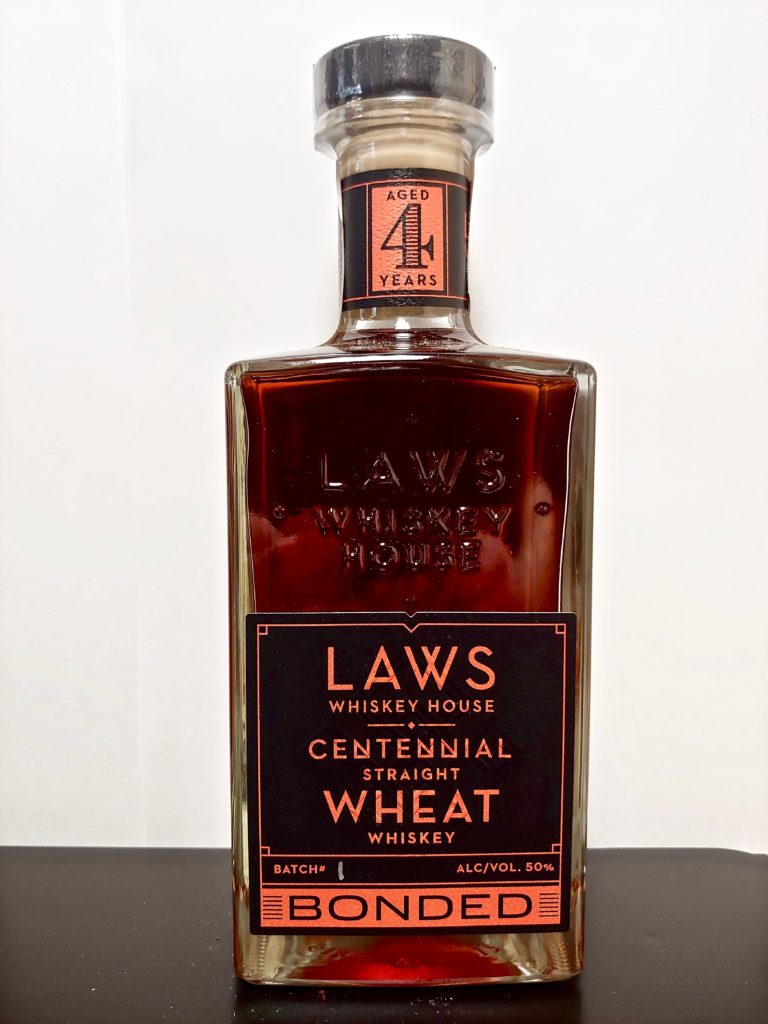
The bottled in bond act was passed in 1897, and was advocated for by non other than Colonel Edmund Haynes Taylor, JR, the founder of the now Buffalo Trace Distillery and namesake of the E.H. Taylor Whiskey. Much like today, some producers of whiskey would purchase a distillate from a distiller, then either age, blend or sometimes color and flavor the distillate. Some of the greedier folks would color and flavor with substances such as tobacco and even iodine. This was becoming an issue, since there were strict rules as to what could be labeled Bourbon, but there was not a lot of enforcement or real quality control. (For more info on what is what, check out our Differences In Whiskies Page.) As there was a push from consumers, and people such as Colonel Taylor, to create a better standard, the U.S. government stepped in with solution.
The US Government was supposed to be collecting tax on the whiskey that was being produced, but it was difficult to keep exact inventories in check. The government came offered the bottled in bond to not only help consumers, but to help them keep very specific tax inventory on the product.
A lot of distillers were happy to jump on board with the act as well, as agreeing to bottle their whiskey in bond meant delaying payment of the excise tax on the aging barrels of whiskey, and so the act passed in 1897. The act was seen as a win/win/win for distilleries, government, and consumers alike.
Now to get into the rules of being bottled in bond. In order to ensure the quality product. These rules are for any bonded spirits, although most commonly whiskey is labeled as bottled in bond. All of the following restrictions have to be met:
1) The Spirit must be composed of the same class of spirits produced from the same class of materials.
2) The spirit must be produced in a single distilling season (January to December of the Same year) by the same distiller at the same distillery.
3)Stored for no less than 4 years in a federally bonded warehouse in wood barrels where the spirit is in contact with the wood. (With the exception of gin and vodka, where the inside of the wood barrel can be lined.)
4) The spirit must remain unaltered by the addition or subtraction of any substance except by filtration, chill proofing, or other physical treatments that do not involve a substance remaining in the finished product.
5)After aging the spirit must be reduced to 100 proof only by the addition of pure water.
6) The spirit must be bottled at 100 proof.
7) The label must identify the distillery with it’s DSP number and list where it was distilled, and where it was bottled if somewhere other than where it was distilled.
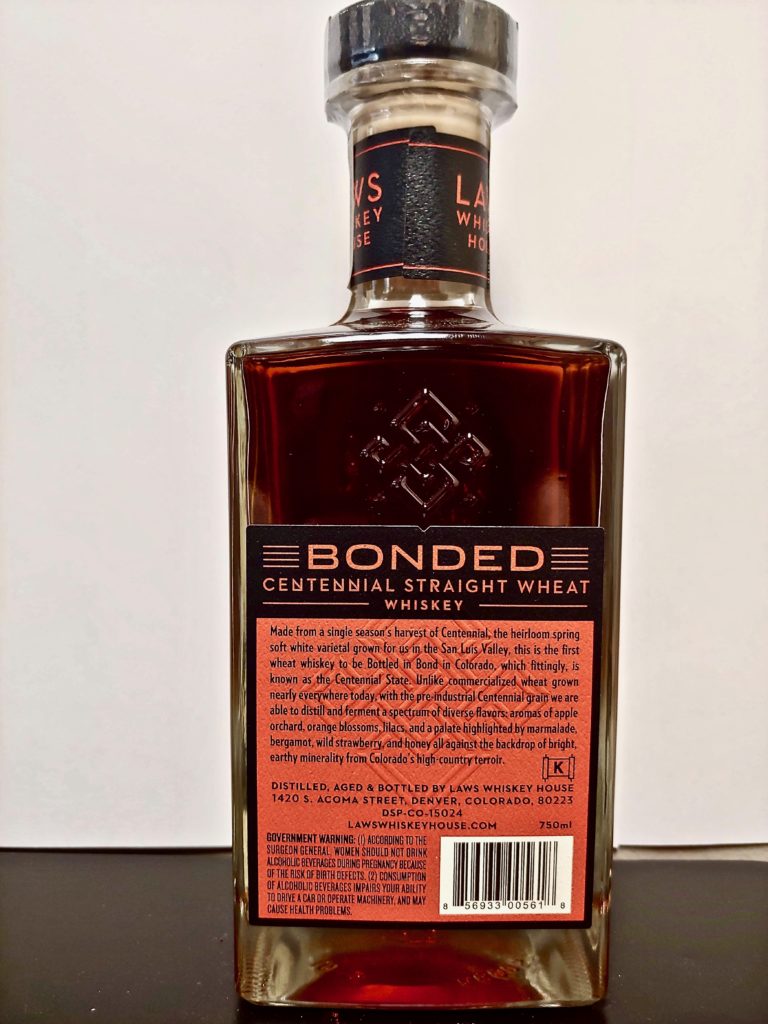
Bottled in bond doesn’t mean as much today as it did in the late 1800’s, because standards are much higher, and in the US people are not dying from fake whiskey. However, when you find a bottle that is labeled as bonded, it is a great way to find out the true skill of a distiller as they can’t blend multiple ages or batches together. (Do not take this as a shot against master blenders, because it is not. We love what people can do blending multiple whiskies together. Just look at our friends who make Mashbuild.) Bottled in Bond also guarantees that the whiskey is at least 4 years old, which is a nice addition in a world where age statements are slowly fading out.
Bottled in bond may not be as important as it used to be, but it is certainly gaining in popularity recently and has its own merit in the whiskey world today.
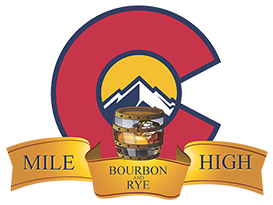
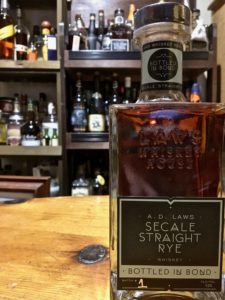
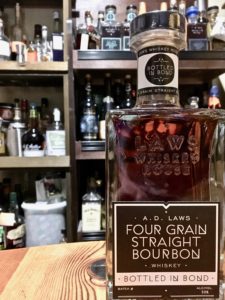
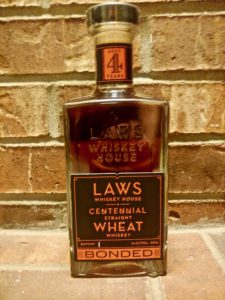
Pingback: Laws Whiskey Centennial Straight Wheat Bottled in Bond – Mile High Bourbon and Rye
There are actually two distilling seasons each year, Spring (January-June) and Fall (July-December). Old BIB bottles actually had to have the distilled and bottled seasons printed on their tax strips.
We had read a couple of conflicting things on that and decided to go with the TTB Website and say it was January to December. We couldn’t find the actual original law, so we went with the current TTB Site laws. Really appreciate your input here, thank you David! Cheers!